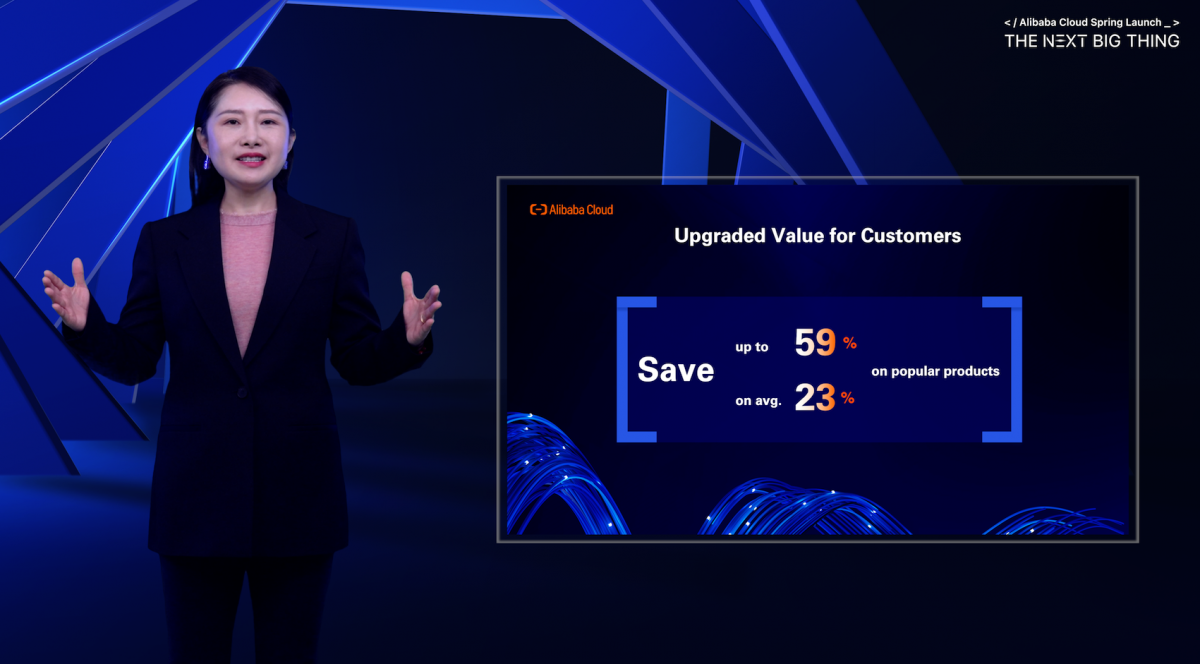
The successful Alibaba IPO put the spotlight on one of the most significant business trends in the world today—the rise of China e-commerce. According to Bain, China e-commerce shoppers spent $390 billion in 2013 and this will reach $530 billion in 2015. This means that by next year, China e-commerce will be about 50% larger than U.S. e-commerce, itself projected to then reach $350 billion, according to Statista. What are the driving factors behind this impressive growth?
1) Disposable income is on the rise. According to a McKinsey study, private consumption by China’s upper middle class will experience a 22% compound annual growth rate from 2014-2022. As China reaches middle income, personal consumption shifts away from necessities and toward discretionary purchases. It is no surprise we see a surge in demand for international lifestyle brands. For example, Levi’s, Uniqlo, and Esprit have all met a favorable response in China, together reaching over $100 million in online sales in 2013, according to Internet Retailer. E-commerce allows companies to tap this growing consumer base almost immediately, all while maintaining control over brand image.
2) Physical retailers can lack quality, consistency and customer service. In tier-one cities such as Shanghai, Beijing, and Guangzhou, finding a quality shopping mall or grocery store is an easy affair. But for much of China’s population, accessing high-quality retail stores can be a challenge. Even when outlets are available, many lack product selection, can run low on inventory, or offer poor customer service. E-commerce gives the broader population access to quality brands that had previously been limited to China’s larger cities. For this reason, companies like Nike, Gap, and P&G thrive in China e-commerce. Websites with a dedicated customer service team and product-availability metrics further contribute to a more enjoyable experience.
3) China’s leading B2C sites have a deep grasp of what their consumer base demands. Through peer reviews, creative promotions, and return policies, China’s leading B2C sites offer an experience that fosters trust and comfort. China’s largest B2C site, Alibaba-owned Tmall.com, allows users to participate in real-time messaging with customer service reps, and gives them the freedom to return goods withinseven days of purchase, no questions asked. This type of flexibility and transparency has earned Tmall a 57% market share in China B2C e-commerce, according to iResearch.
4) Online marketplaces can have greater integrity than offline outlets. China’s larger B2C sites guarantee authentic goods and offer a model that ensures brand integrity. Only the brand owner or authorized agent may operate their own proprietary flagship store on Tmall. This gives brands direct engagement with consumers and complete control over brand position, product slate, and pricing. Brands like Estee Lauder, Burberry, and Clarins utilize this trust and build an image through Tmall flagship stores. Merchants on JD.com, China’s second-largest B2C site, also go through stringent pre-screenings before opening shop to ensure that customers receive authentic goods.
5) Smart phones are prevalent and have become the channel of choice for Internet shoppers. There are now over 700 million smartphone users in China, meaning most Chinese consumers carry a shopping mall in their pocket. According to TechInAsia, in 2013 mobile shopping registered 164% year-on-year growth, and some 69% of Chinese consumers have made a purchase from their phone, compared to 45% in the U.S. Mobile phone users can seamlessly make purchases through apps such as Alipay, Alibaba’s online payment platform, knowing that their money will be escrowed until they confirm satisfaction of the delivered goods. Digital marketing efforts that carefully target mobile phone users have much to gain.
We know that two of the most powerful business trends in the world are the rise of China’s consumers and the rise of e-commerce. Putting those trends together, we can postulate a third trend: the increasing success of global lifestyle brands in China e-commerce.
Frank Lavin is the CEO and Founder of Export Now, a U.S. firm that launches and operates e-commerce stores in China for companies from the U.S. and around the world. He previously served as U.S. Undersecretary of Commerce for International Trade and has worked on China business issues for over twenty years. None of the companies mentioned in this essay are clients of Export Now.




